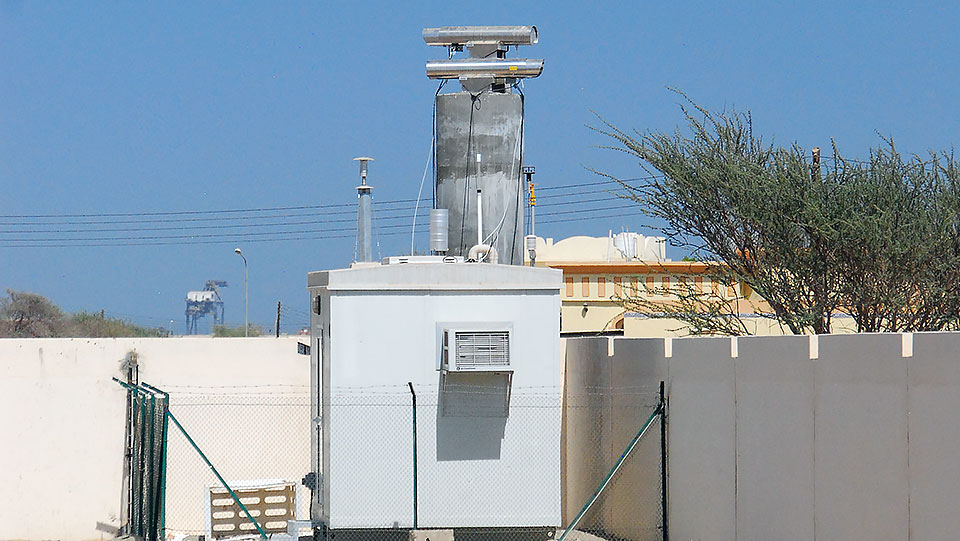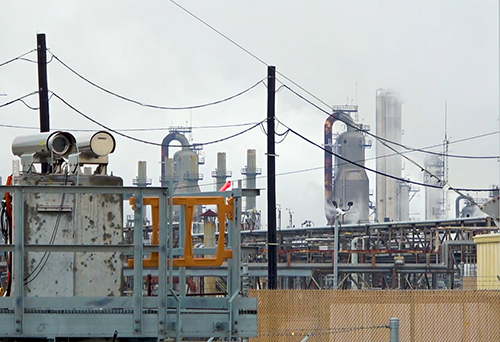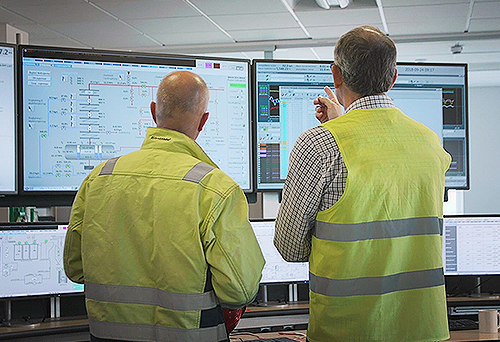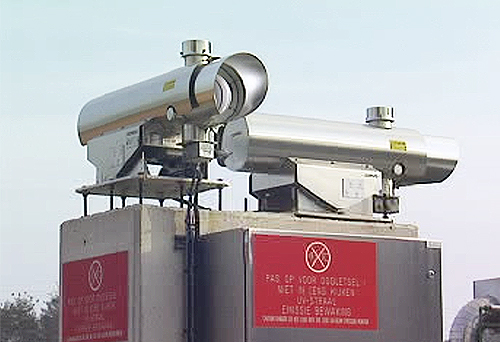Benzene monitoring around refineries
Measuring benzene emissions from a refinery plant can be challenging, but OPSIS makes it easy.
REQUIREMENTS FOR BENZENE MEASUREMENT
Benzene is a liquid hydrocarbon that evaporates rapidly when exposed to ambient air. It is one of the more common substances used in the chemical industry and is particularly prevalent at refineries and similar operations. Benzene causes cancer and is therefore subject to monitoring.
Since 2018, refineries in the U.S.A. have been required to measure volatile emissions from benzene around their facilities. This is part of the U.S. Environmental Protection Agency's requirements for petroleum refineries. If ground-level benzene levels at the perimeter of the refinery exceed 9 μg/m3, action must be taken.
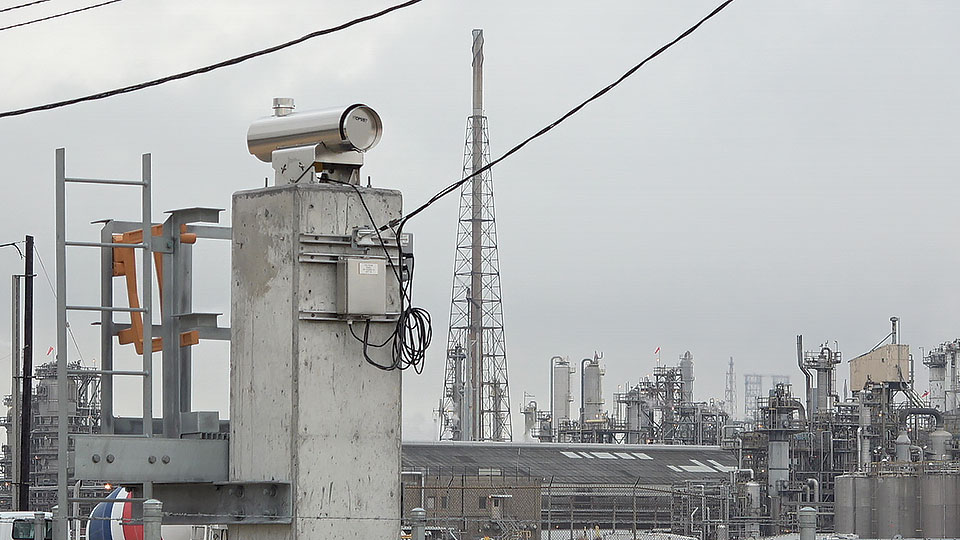
MEASUREMENT WITH OPSIS CERTIFIED SYSTEMS
Benzene concentrations can be measured with high accuracy in real time using the OPSIS UV-DOAS systems. The DOAS technology uses optical beams to measure gas concentrations. By placing monitoring paths around a refinery, emissions and leaks can be detected easily and reliably. The monitoring paths form a kind of fence around the plant and the method is an example of so-called fence-line measurement. By combining concentration data with meteorological information, it is possible to calculate the location of emission sources and the flow of benzene emissions.
The OPSIS UV-DOAS system is designed for long-term, continuous use. Maintenance requirements for the OPSIS DOAS systems are minimal. According to U.S. EPA regulations, the instrument only needs to be calibrated with reference gas once every three months.
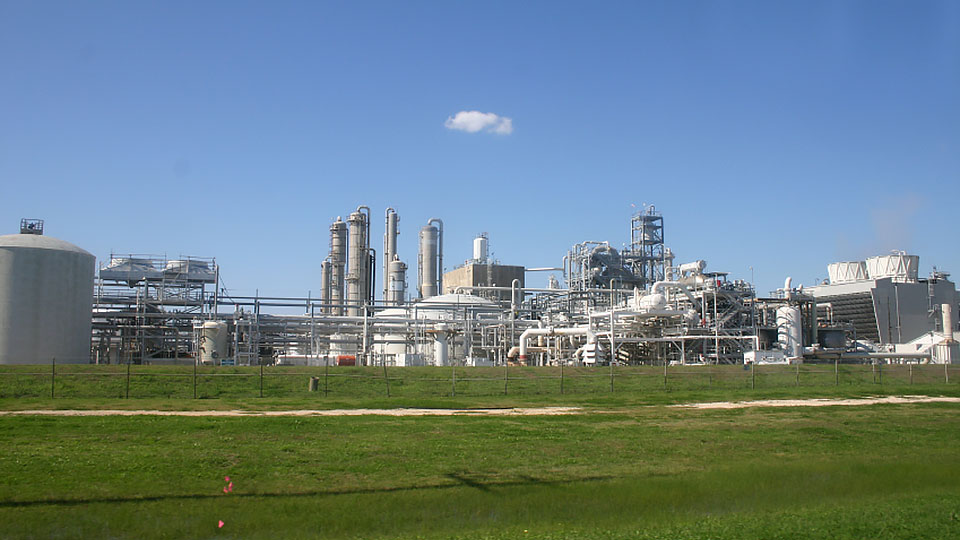
AIR POLLUTION MONITORING WITH OPSIS
There are multiple reasons for choosing OPSIS as supplier of systems for gas analysis. Among the key benefits of the methods and solutions offered by OPSIS are:
- real-time measurement and results, no sampling
- the system solutions are well suited for alarms in case of elevated levels
- can be installed in explosive environments
- cost-effective, non-contact technology with open measurement path
- high availability of data
- representative data
- calibration of gas analysers only once a year
- low energy consumption
- long maintenance interval
- ETV verified by U.S. EPA
- certified by German TÜV, U.S. EPA, and others.
